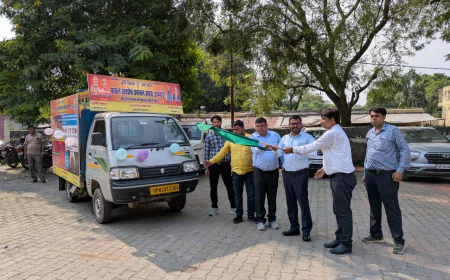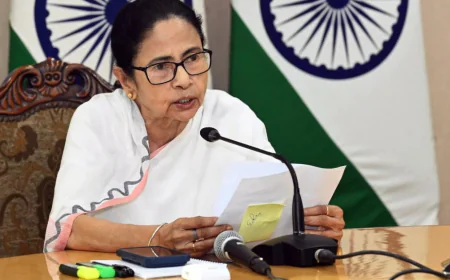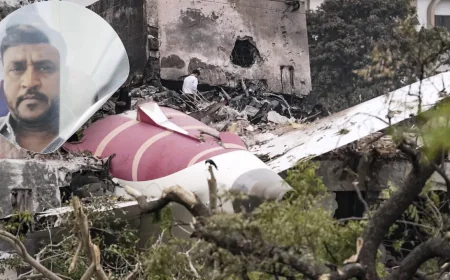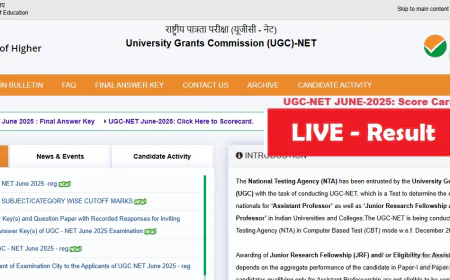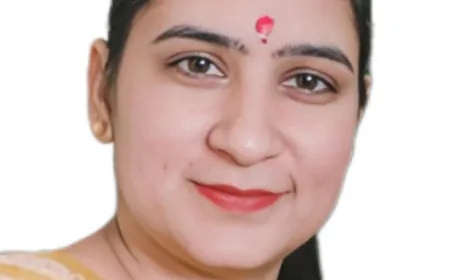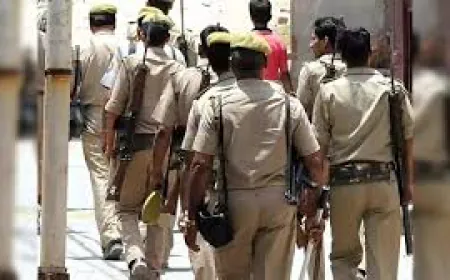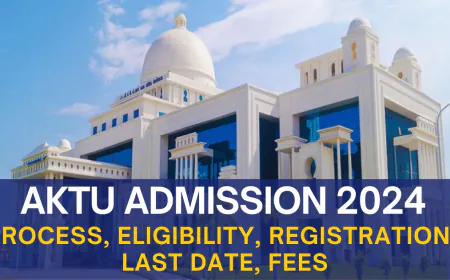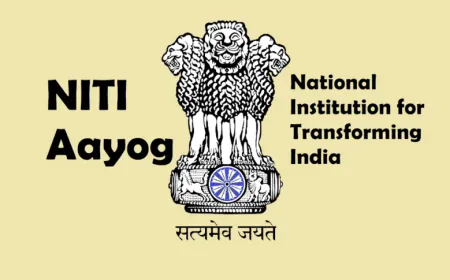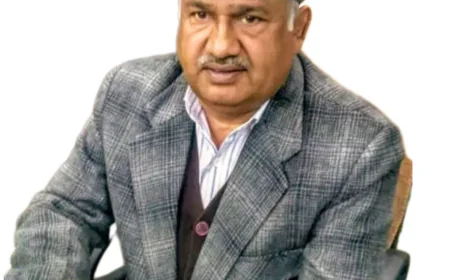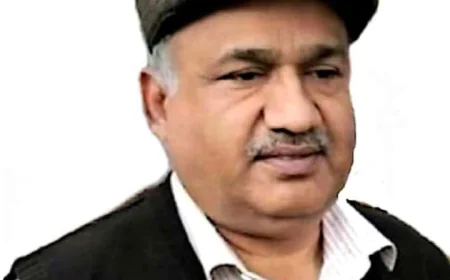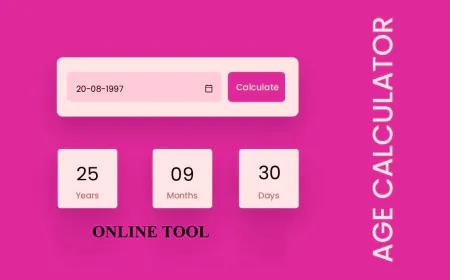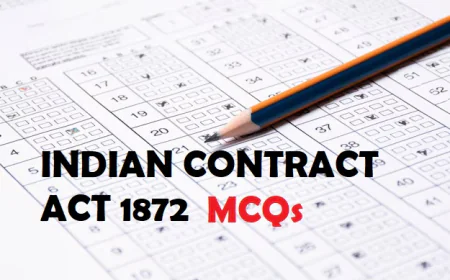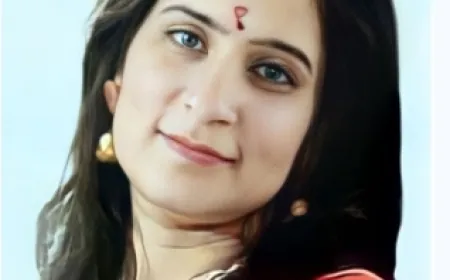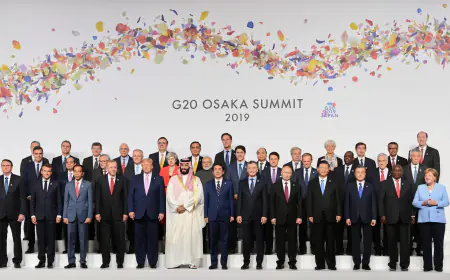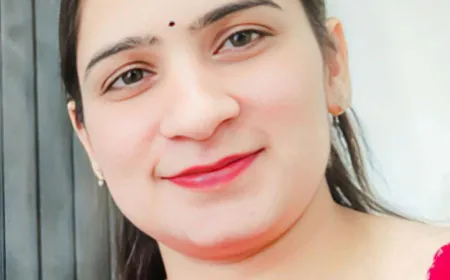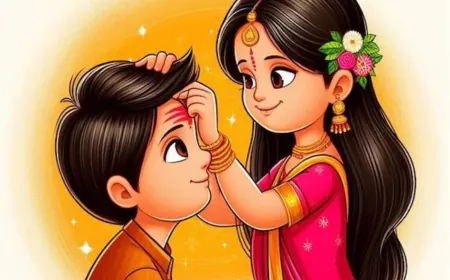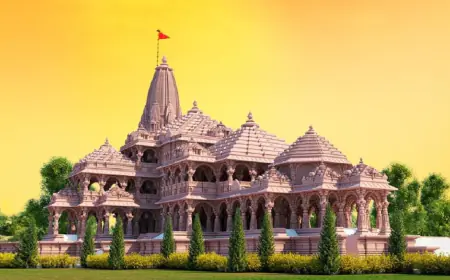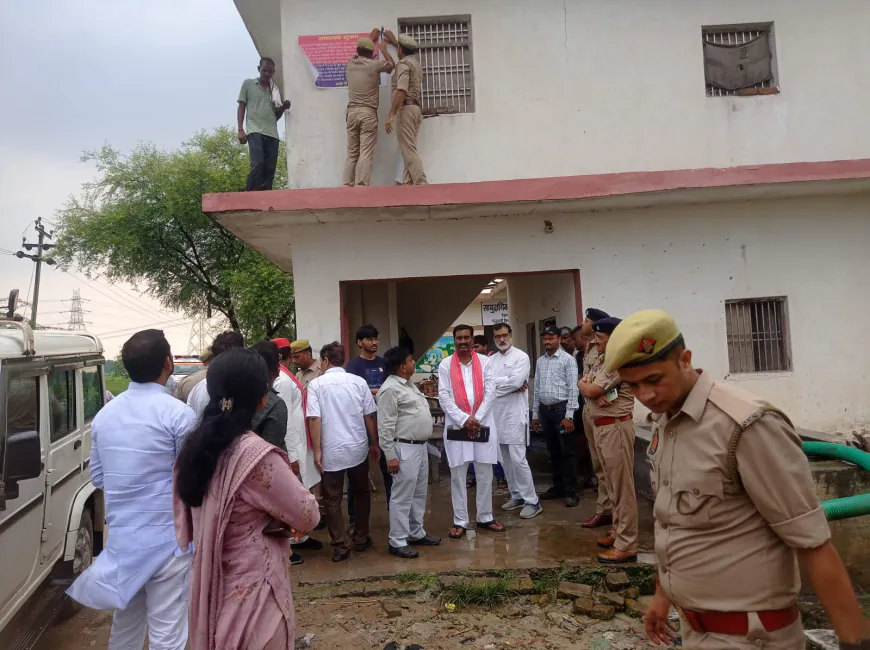The Life of Maharaja Agrasen
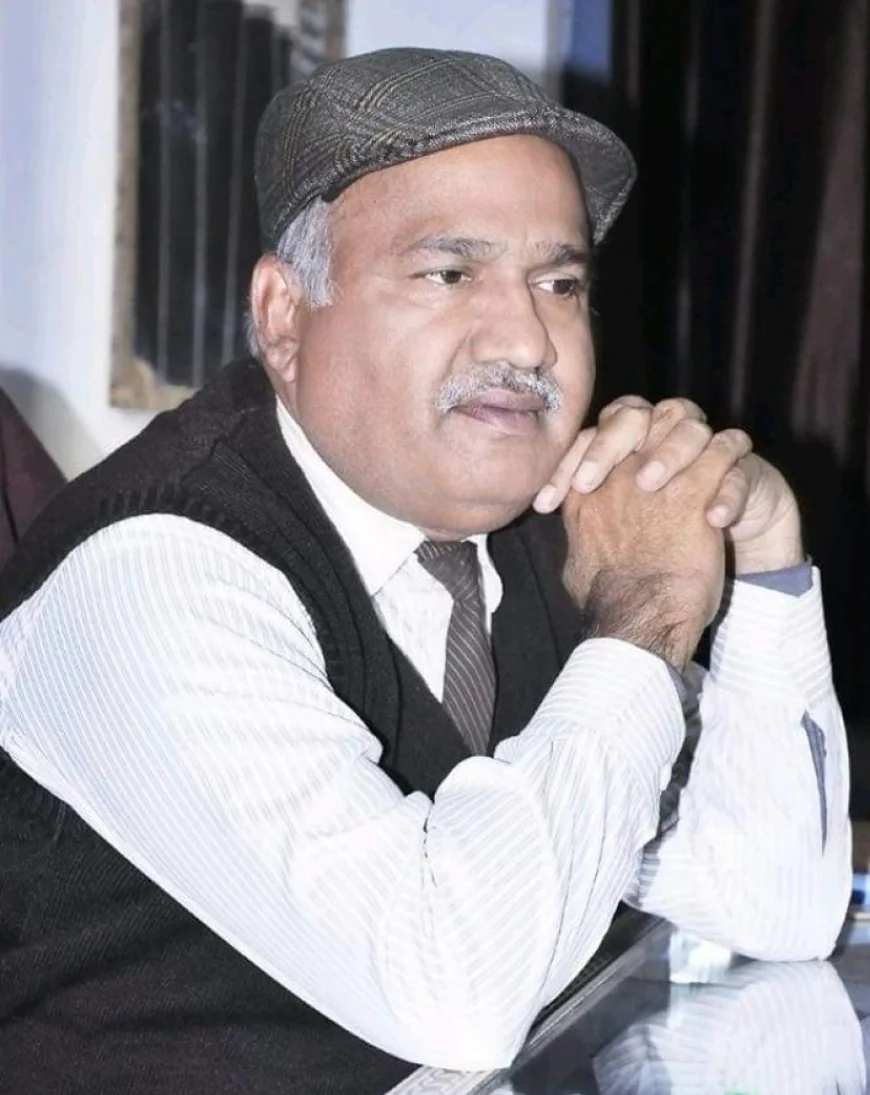
The Life of Maharaja Agrasen Maharaja
Agrasen was a legendary Suryavanshi (Ikshvaku) Kshatriya king, born on 15th September 3082 BCE in the 34th Generation of Lord Ram (Vishnu Avtar) during the last stages of Dwapar Yuga, he was contemporaneous to Lord Krishna. He was the Son of King Vallabha Dev who was the Descendant of Kush (Lord Rama’s Son). King Mandhata had two sons, Gunadhi and Mohan. Maharaja Agrasen was the eldest son of King Vallabh and Queen Bhagwati Devi, the descendant of Mohan, of Pratap Nagar (in today’s Rajasthan). Maharaja Vallabh named a city on Prince Agrasen’s name as ‘Agra’ (in today’s Uttar Pradesh).
Maharaja Agrasen had 18 children, from whom the Agrawal Gotras came into being. Prince Agrasen was very well known for his compassion and never discriminated against anyone, and the subjects were very pleased with the way he conducted himself during his childhood. Unfortunately, Maharaja Vallabh was martyrdom during the Mahabharat War, which began on 22nd November 3067 BCE for the struggle of Pandava for the throne of Hastinapura. King Vallabh fought for the Pandava side. The Pandava’s side was led by 55-56 years old Lord Krishna. During the martyrdom of Maharaja Vallabh, Prince Agrasen was 15 years old. Being the eldest son, Prince Agrasen was crowned as successor. Maharaja Agrasen adopted Vanika Dharma for the benefit of his people. He established a kingdom named Agroha of traders in North India and is known for his compassion in refusing to slaughter animals in yajnas. Goddess Mahalakshmi is the Kul Devi (prime goddess) of the Kshatriya king, and she gave her word of bestowing prosperity there for him and his descendants.
Marriage of Maharaja Agrasen When Agrasen became a young man, he attended the Swyamvara of the daughter of King Nagaraj, Princess Madhavi. Many kings from around the world attended including Indra, the King of the Devas. In the swayamvara, Princess Madhavi selected Prince Agrasen, by putting the garland on him. This marriage caused a coming together of two different family cultures, Prince Agrasen was a Suryavanshi, and Princess Madhavi was a Naagavanshi. Indra, the King of the Devas had been smitten by the beauty of Princess Madhavi and had planned to get married to her. However, now that he had been unable to marry her, he became very jealous and angry with Agrasen. To get revenge against Agrasen, Indra – as he was also the Lord of Rain, made sure that Pratap Nagar did not receive any rainfall. As a result, a frightening famine struck the Pratap Nagar kingdom. Severe penance to Lord Shiva and Goddess Mahalakshmi On the suggestion of Narad Sage to save his people from every crisis, Maharaja Agrasen started a severe penance to propitiate Lord Shiva in the city of Kashi. Pleased with the penance of Maharaja Agrasen, Lord Shiva appeared and advised him to propitiate his Kul Devi (prime goddess), Goddess Mahalakshmi. Maharaj Agrasen again started meditating on Goddess Mahalakshmi, who appeared before him. Goddess Mahalakshmi then blessed Maharaja Agrasen and suggested that he take up the Vaishya tradition of business for the sake of the prosperity of his people. She then asked him to find a new kingdom and she gave her word of bestowing with prosperity for him and his descendants. So, he gave up his Kshatriya tradition and adopted Vanika Dharma for the benefit of his people.
Establishment of new kingdom With the blessings of Goddess Mahalakshmi Maharaja Agrasen with her Queen (Mata Madhavi) started out to travel all over India to select a place for the establishment of the new kingdom. During his travels, at one place he found a few tiger cubs and wolf cubs playing together. To Maharaja Agrasen and Queen Madhavi, this was an auspicious indication that the area was veer bhumi (land of the brave) and they decided to find their new kingdom at that location named Agroha. Agroha became prosperous as agriculture and trade flourished. Prohibition of Animals & Birds Killing Maharaj Agrasen performed many Yagnas (sacrifices) for the prosperity of his people. In those days, performing a yagna was a symbol of prosperity. During one such yagna, Maharaj Agrasen noticed that a horse that had been brought to be sacrificed was trying hard to get away from the sacrificial altar. Seeing this Maharaj Agrasen was filled with pity and then thought as to what prosperity can be achieved by sacrificing mute animals. The idea of Ahimsa grabbed Maharaj Agrasen’s mind. The King then discussed it with his ministers. The ministers then said if Maharaj Agrasen turned towards ahimsa, the neighboring kingdoms might consider it a sign of weakness and attack Agroha. At this, Maharaj Agrasen mentioned that putting an end to violence and injustice does not mean weakness. He then proclaimed that there should be no violence and killing of animals in his kingdom. However, his belief in nonviolence did not mean non-resistance to oppression, rather he promoted self-defense. According to himself protection and national defense were not the tasks of only Kshatriyas – the warrior caste, rather it is the duty of each citizen to protect and safeguard his motherland.
The ideas of Equality, Socialism, and non-violence propounded by Maharaj Agrasen 5,000 years ago form the spirit of the present Constitution of India. “One Brick and One Coin” Amazing, Indeed Unique Welfare Policy. Also known as the “One brick, one rupee” policy, a welfare activity worth considering tradition by Maharaja Agrasen has been very popular. It was the policy of facilitating a brick and a rupee by each citizen and every inhabitant to the immigrant who wishes to settle in that place so that he can have Lakhs of bricks for the construction of a home and rupees for starting his new business. Therefore, no one was unemployed in his regime and everyone was having their own homes. There could be no other better practical principle of socialism of humanity than this. These principles became practical in his kingdom, as give and take was the formula in the life of every ordinary resident. Neither the receiver felt shamed nor the donator felt proud. If we adopt such an idea in today’s era, definitely it will create the greatest country in the world, and nobody will remain poor. Agroha Dham 18 Maha Yagnas and 18 Gotras For proper management, Maharaja Agrasen organized his kingdom by dividing it into 18 parts. He arranged 18 Maha Yagna, established 18 Gotra in the name of Gurus of his children, and distributed each among them. All of these 18 Gotras are different in names, yet they are one in whole like 18 different chapters of one Bhagavad Geeta. Feelings of social welfare and brotherhood were the fundamentals of the principle. There was no place for corruption on selfishness in the kingdom. The development of the kingdom and life of people were completely based on agriculture, trade & dairy. Vanaprasth Ashram Maharaja Agrasen ji expanded his kingdom and ruled happily for 108 years without any war or bloodshed. One day Maharaja Agrasen ji’s family deity Mahalakshmi asked him to bid farewell to the earth, then Maharaja Agrasen ji handed over the rule of Agreya Republic to his eldest son Vidhu and went to do penance and during the same penance, he left his mortal body and went to the supreme abode.
Went to. Since then, the birthday of Maharaja Agrasen ji is celebrated with great pomp as his birth anniversary on Ashwin Shukla Ekam i.e. the first day of Navratri. Vijay Garg Retired Principal Educational columnist Eminent Educationist street kour Chand MHR Malout Punjab
